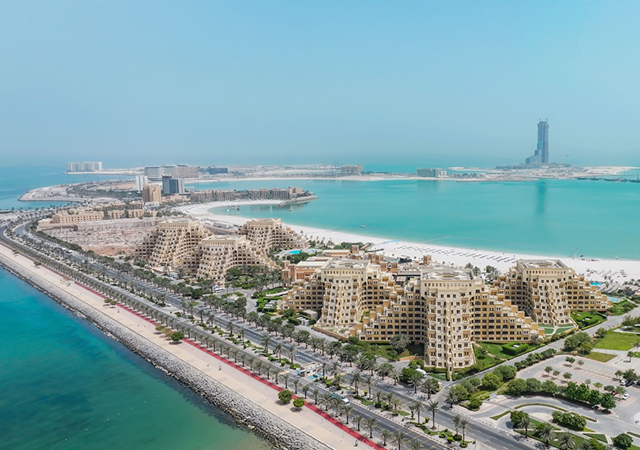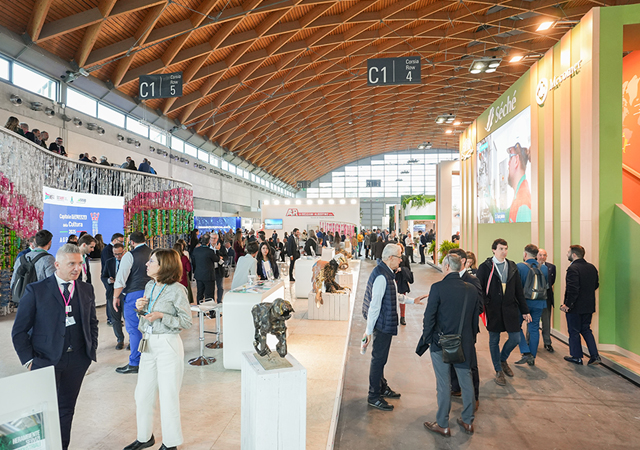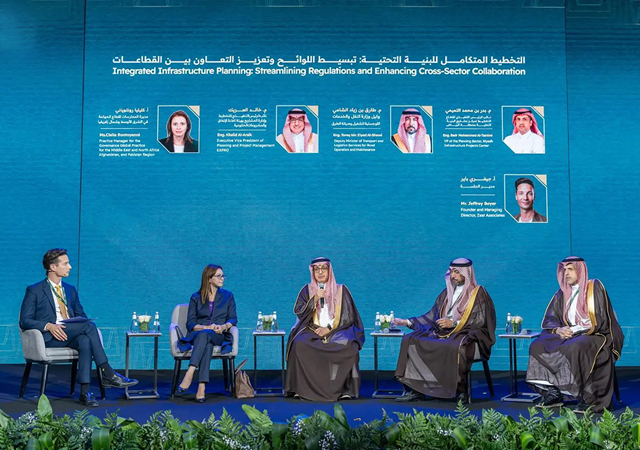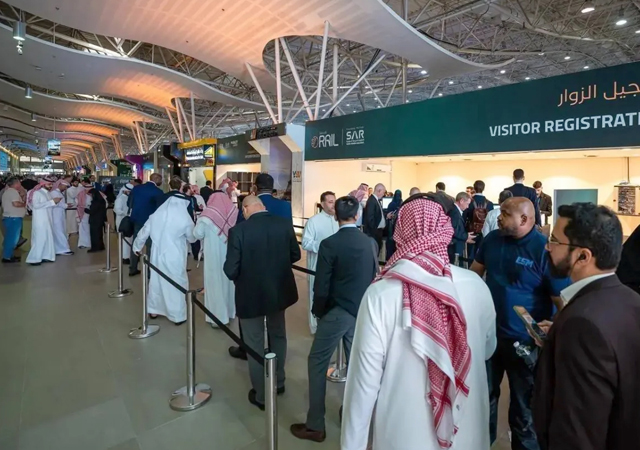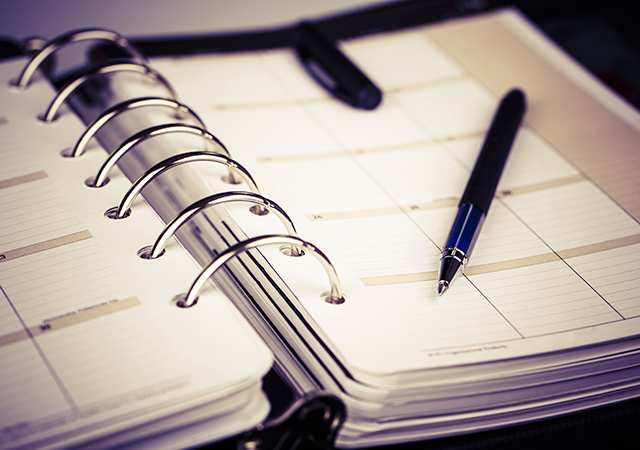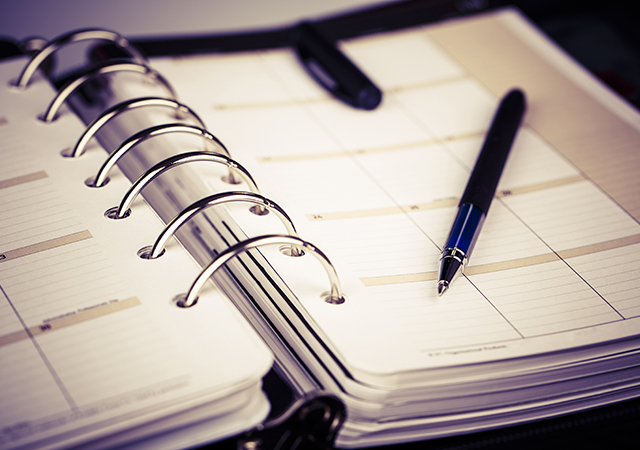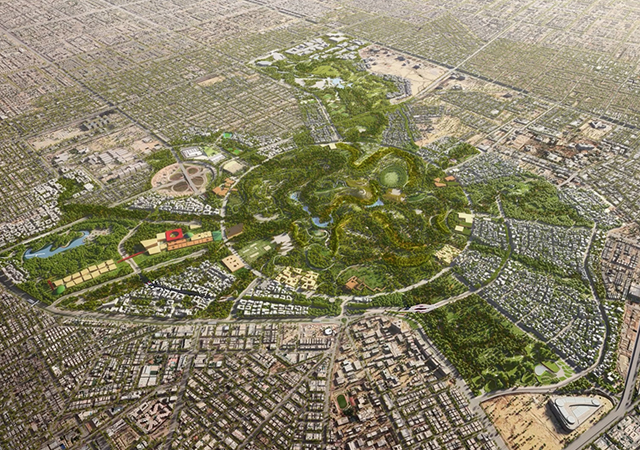
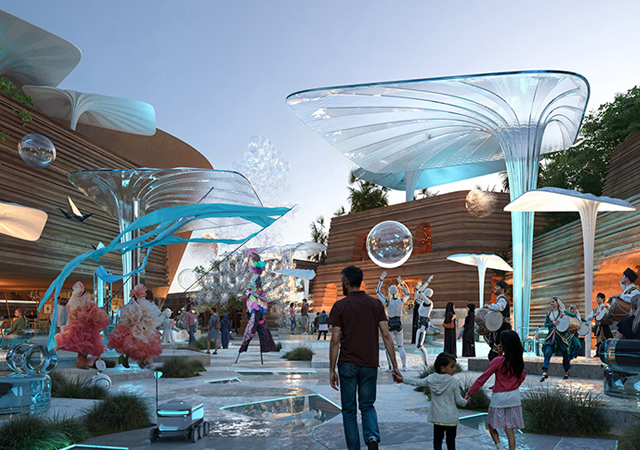 Expo 2030 Riyadh is set to run from October 1, 2030, to March 31, 2031
Expo 2030 Riyadh is set to run from October 1, 2030, to March 31, 2031
World Expos are evolving from temporary spectacles into showcases for lasting urban legacies, a transformation demonstrated by Expo 2020 Dubai’s transition into Expo City Dubai, writes BINA GOVEAS.
Building on this new standard, Expo 2030 in Saudi Arabia aims to push the model even further. German architectural firm LAVA (Laboratory for Visionary Architecture) has unveiled a masterplan for Expo 2030 Riyadh designed to create not just a repurposed district, but a fully integrated Global Village and a living blueprint for sustainable, future cities.
Last month, LAVA unveiled the concept masterplan for Expo 2030 Riyadh. This follows the recent endorsement of the Registration Dossier by the Bureau International des Expositions and the launch of the Expo 2030 Riyadh Company (ERC). The ERC is wholly owned by the Public Investment Fund (PIF) and was created to build and operate the facilities for Saudi Arabia’s first World Expo.
The Saudi government has allocated $7.8 billion for Expo 2030 Riyadh, which is set to run from October 1, 2030, to March 31, 2031, with its overarching theme being “Foresight for Tomorrow”. The world-class event is expected to welcome over 40 million visits and over one billion digital visits via a metaverse platform. More than 200 countries and international organisations are anticipated to participate in the six-month showcase.
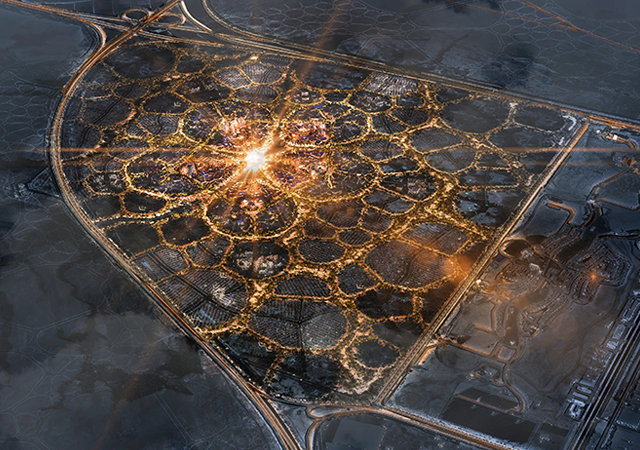 |
|
The masterplan links the microcosm of nature with the global digital realm, creating a new urbanism. |
The masterplan for Expo 2030 Riyadh covers an area of 6 million sq m, making it one of the biggest World Expo sites. The Expo will be hosted on a purpose-built site to the north of the city, with a gated area covering approximately 2 million sq m that has been designed to deliver an immersive and intelligent visitor experience.
The plan for Expo 2030 Riyadh was developed in collaboration with a team of specialist advisors. The site is strategically located between King Salman International Airport and Riyadh City. It is aimed not only to serve the needs of the six-month global event but to evolve into a lasting urban legacy, as a multicultural hub for retail, food and beverage, surrounded by an international residential community with world-class amenities.
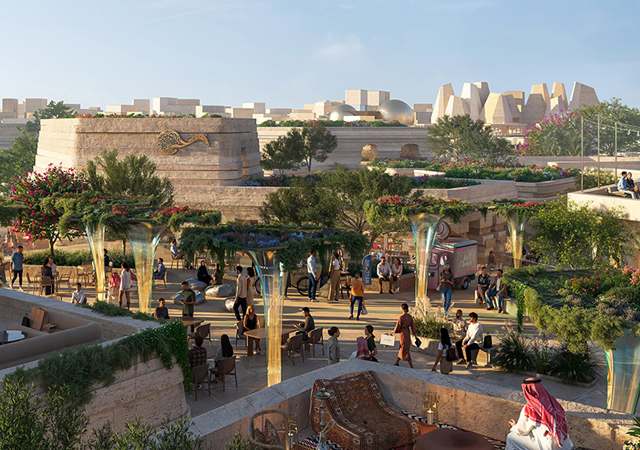 |
|
The Expo site has been designed as a place that offers the community and amenities of a larger city, but with more space. |
“Expo has always celebrated breakthroughs in science, technology, and cultural understanding. The team at Expo 2030 Riyadh are proud to be working with the world-class team of design specialists led by LAVA whose concept masterplan reflects this spirit by interpreting the theme of Foresight as a vision for a new way of living for current and future generations,” says Talal Al Marri, CEO, Expo 2030 Riyadh Company.
Key features of the masterplan include:
• Smart infrastructure powered by AI and sustainable energy systems;
• Integrated transport with Riyadh Metro and shuttle access to key hubs;
• Climate-responsive architecture and green building standards;
• A post-Expo transformation plan that will convert the site into a Global Village – a permanent innovation and knowledge hub.
“We have anchored the design firmly in nature,” says Chris Bosse, Co-Founder of LAVA. “The masterplan exemplifies how nature and technology, environmental restoration and urban innovation can effectively co-exist. Expo 2030 Riyadh is a prototype for future cities – linking the microcosm of nature with the global digital realm and creating a new urbanism.”
Instead of imposing a traditional urban grid, the masterplan uses the reactivated wadis as the foundation for an organic and interconnected network of spaces. This approach encourages biodiversity, establishes shaded pedestrian pathways, and fosters natural cooling microclimates – crucial elements in addressing Riyadh’s desert climate, says LAVA.
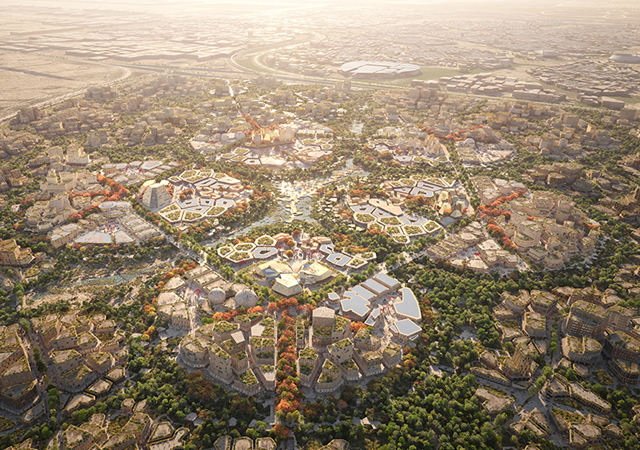 |
|
The Expo site is focused around five major districts, which emerge like petals from a large Central Plaza. |
LAVA’s rethinking of urbanism begins with a masterplan that abandons the rectilinear grids replacing them with an organic network shaped by the contours of Wadi Al Sulai. From a central plaza, a system of cool routes, formed by the wadis, extends outward, defining the radial structure that organises the village layout.
“We mapped the topography and hydrology of the area to identify the water routes,” explains Bosse. “From there, we used parametric modelling to develop a cellular grid that re-establishes the original landscape while enabling its expansion into a larger network of parks and green corridors.”
This emphasis on nature is a direct response to the region’s environmental challenges. To reinforce the ecological function of the wadi system, the masterplan incorporates soil stabilisation and nature-based water management, and the planting of trees. Once regenerated, these corridors will support natural drainage and irrigation, protecting the precinct against flooding while creating pleasant microclimates within the desert environment. The design recalls ancient settlements that flourished around oases and on the edges of rivers, offering a futuristic take that harmonises urban growth with nature’s rhythms.
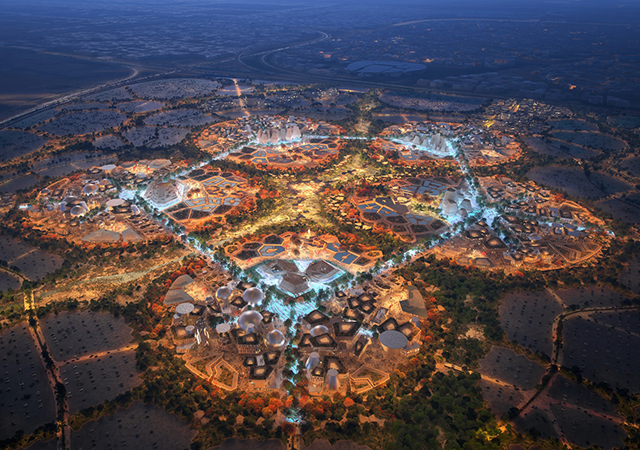 |
|
World Avenue Loop connects the five districts of the Expo site. |
“We wanted to create an ecosystem rather than a series of buildings,” continues Bosse. “We approached this by exploring the relationship between nature, technology, and human needs. Many envision a future in which we live in harmony with nature while enjoying seamless access to advanced infrastructure and technology – a place that offers the community and amenities of a larger city, but with more space. Our vision is rooted in coexistence, where these elements are not opposing forces, but complementary ones that together enhance quality of life.”
NATURE’S CELLULAR LOGIC
The site is focused around five major districts, which emerge like petals from a large Central Plaza. Three are dedicated to the Expo themes: Transformational Technology, Sustainable Solutions, and Prosperous People. One district represents the Kingdom of Saudi Arabia, and the final district, Global Collaboration, is for large gatherings and events. Each district will function as a unique village, with its own range of amenities and a distinct material and architectural language based on fractal geometry – patterns that repeat at different scales, where each part mirrors the structure of the whole. These self-similar patterns bring both coherence and variety to the masterplan, creating a layout that feels organic yet ordered, says LAVA.
This framework will host a diverse range of international participants in pavilions interwoven with indoor and outdoor venues. Food, retail, and social offerings are embedded throughout the cellular network: cafes, bars, and restaurants – from grab-and-go to fine dining – sit alongside a range of different retail spaces. This cultural cosmos will transform the desert into a functional urban ecosystem that will define the global village when the event concludes.
Drawing inspiration from Saudi Arabia’s distinctive landscape – especially its seasonal riverbeds and wadis – the design reinterprets and regenerates these natural formations, breathing life into the site through ecological restoration. A cutting-edge, site-wide mobility system overlays the site without disrupting the preserved nature corridors. This ensures efficient movement while protecting vital green spaces.
To optimise both spatial and environmental performance, the plan incorporates fractal geometries, a design approach that enhances airflow, light distribution, and energy efficiency while also enriching the human experience, according to LAVA.
These geometries express a powerful design philosophy that bridges the global and the local, aligning perfectly with Expo 2030’s overarching theme: Foresight for Tomorrow. The result is a new model for urbanism, where culture, nature, and innovation are not only integrated but celebrated, the company points out.
CONNECTION AND MOBILITY
All areas are connected by a mobility system that reorganises spatial priorities around environmental and social factors, prioritising pedestrians and aligning with the natural landscape to enhance rather than disrupt the wadi environment. The framework employs a concentric layout in which each zone is connected by distinct, purpose-driven pathways that range from large, landscaped promenades to charming alleyways reminiscent of those found in souks.
At the heart of the system is the World Avenue Loop, a pedestrian and soft-mobility boulevard that connects the five main districts and serves as the primary circulation axis for those visiting the Expo. Elevated paths and shaded corridors offer direct access to key destinations, ensuring the site remains comfortably walkable even in peak heat.
Crucially, the Expo is designed not as an isolated enclave but as part of the wider urban fabric. It connects to Riyadh’s metro network, with direct links to King Salman International Airport, and is easily accessible via major arterial roads. At a metropolitan scale, the plan supports the Green Riyadh Project and the city’s expansion of walking and cycling infrastructure.
When the Expo winds to a close in 2031, the site will not be dismantled but will instead transition into a new global village. The masterplan allows for the site’s transformation from exhibition grounds to a residential and cultural neighbourhood. This shift in thinking redefines the Expo model, presenting a living framework that adapts to and grows with the evolving city around it.




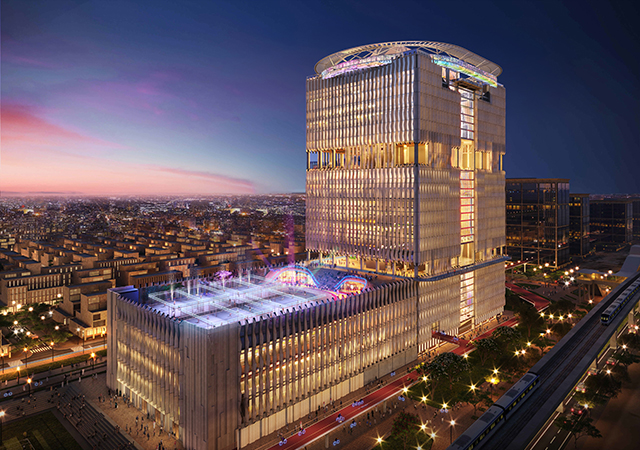
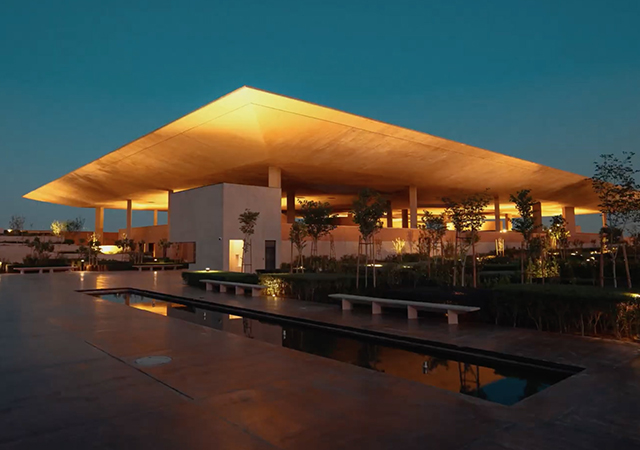

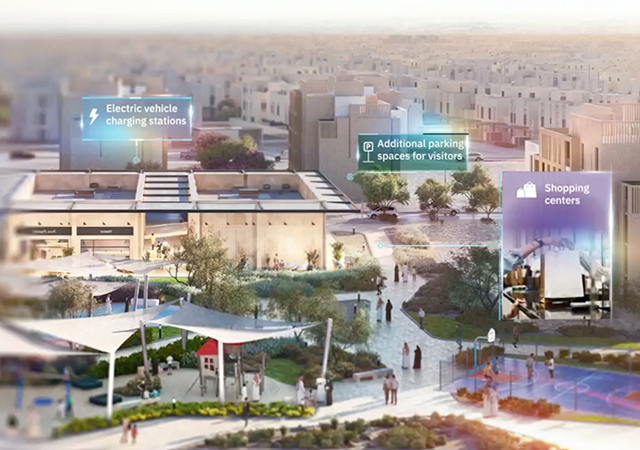
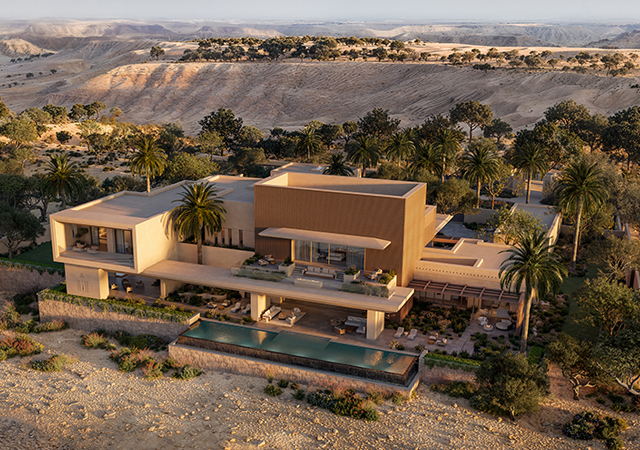
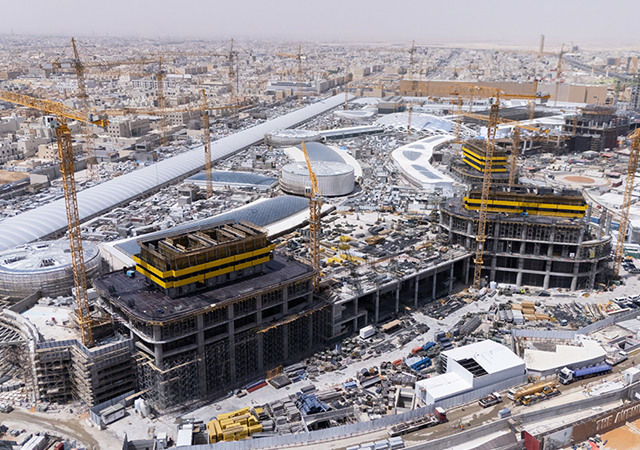
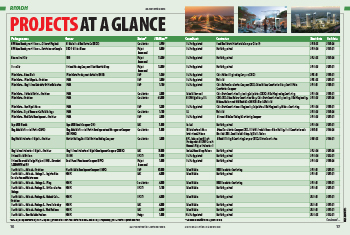
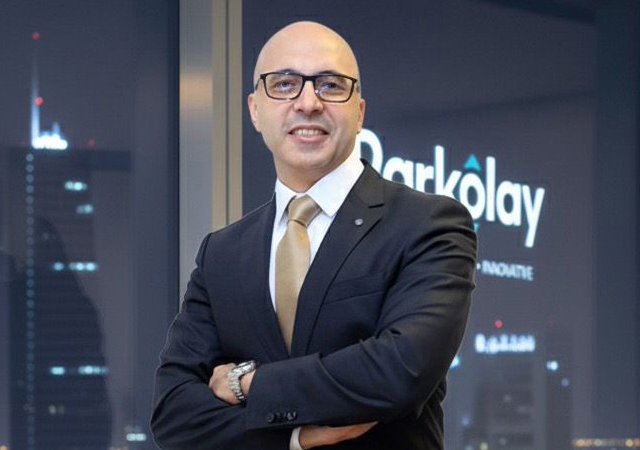
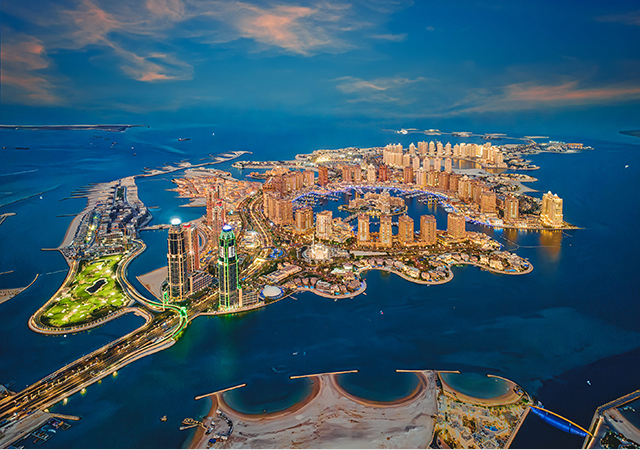
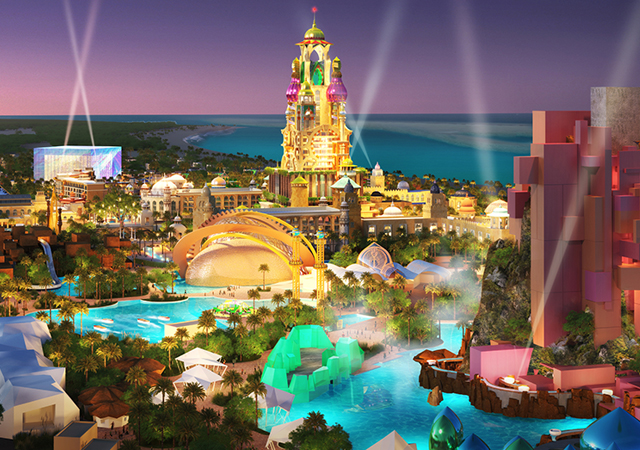
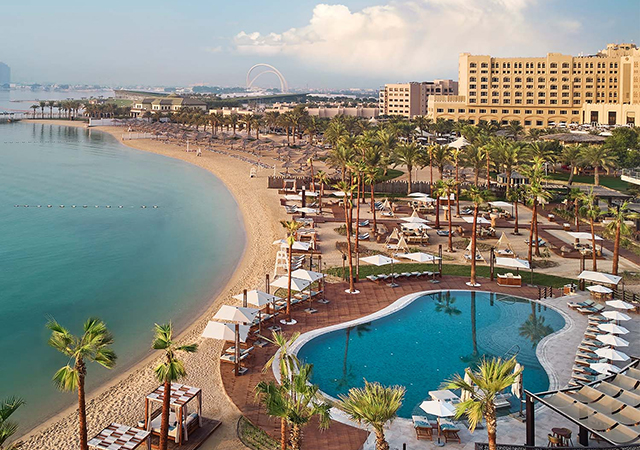
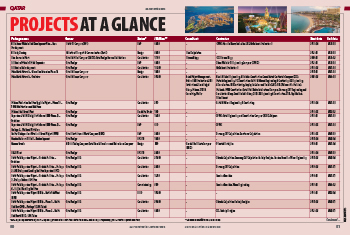
.jpg)
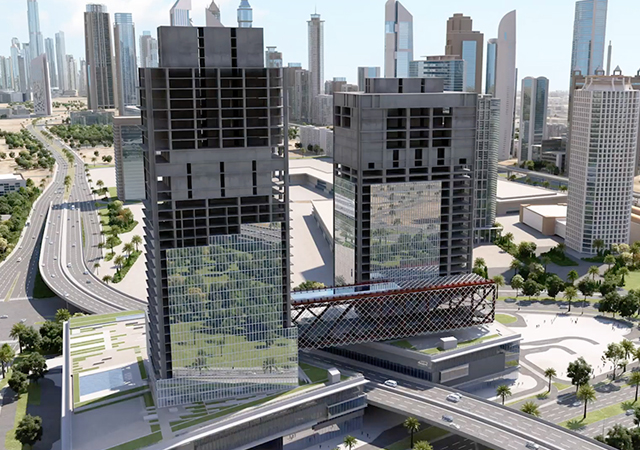
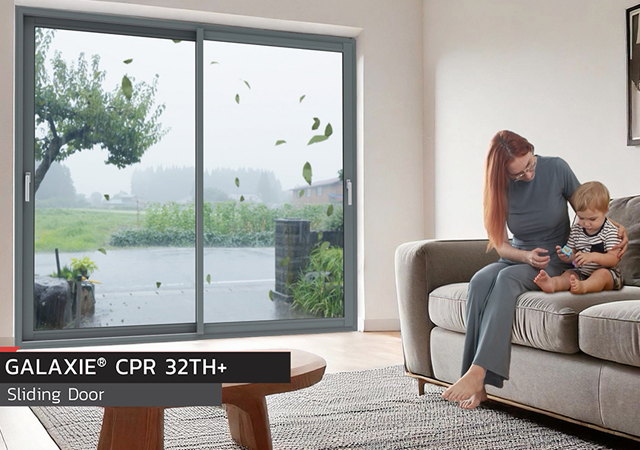
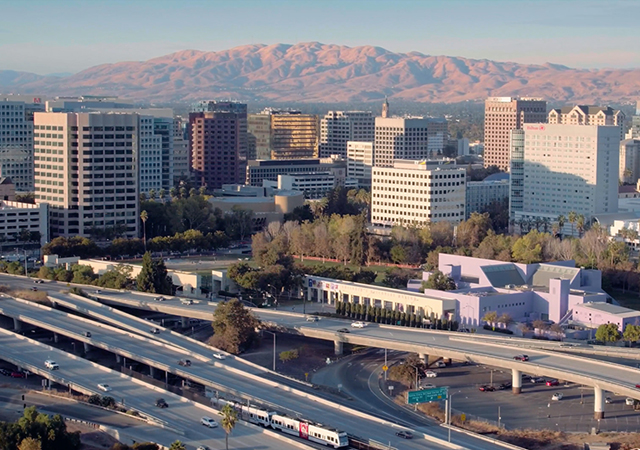
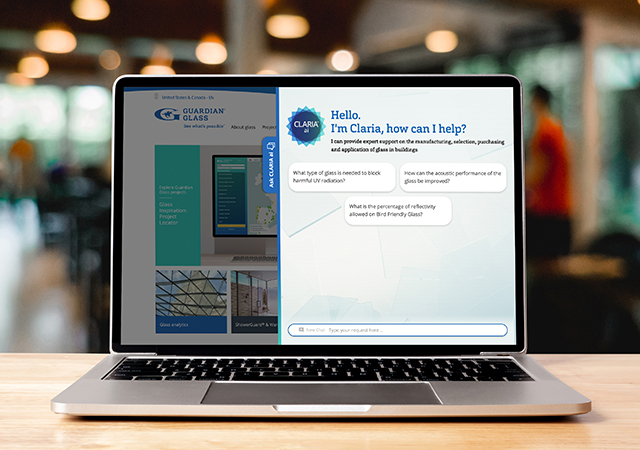

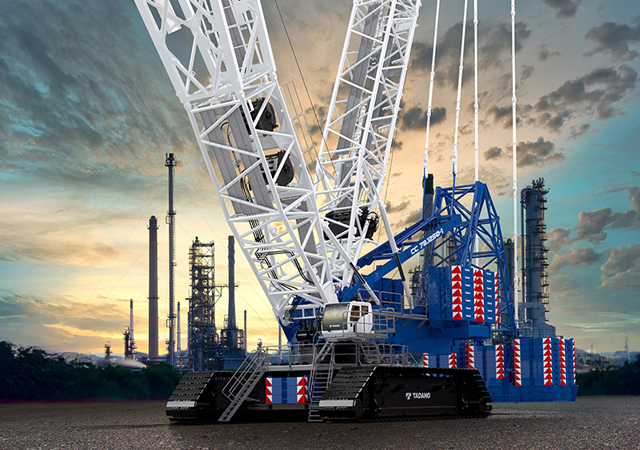
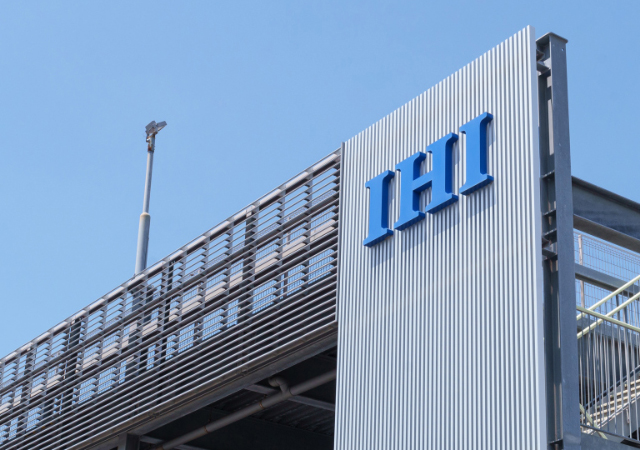
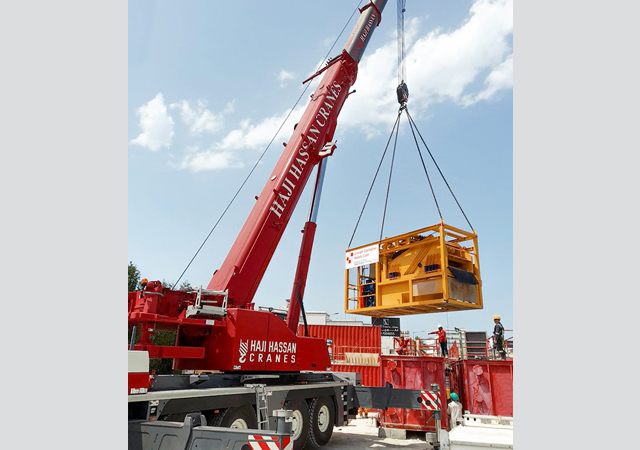
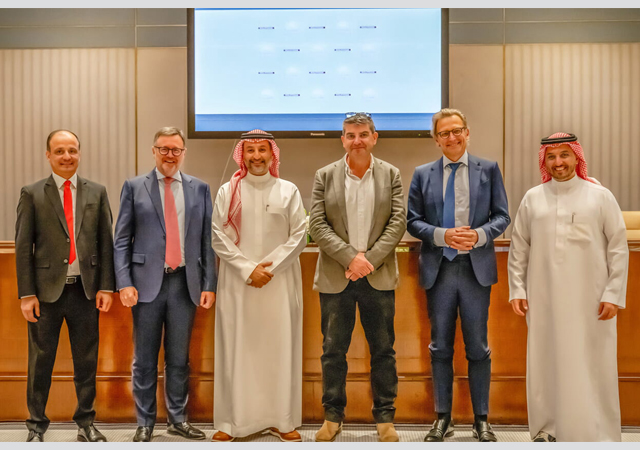
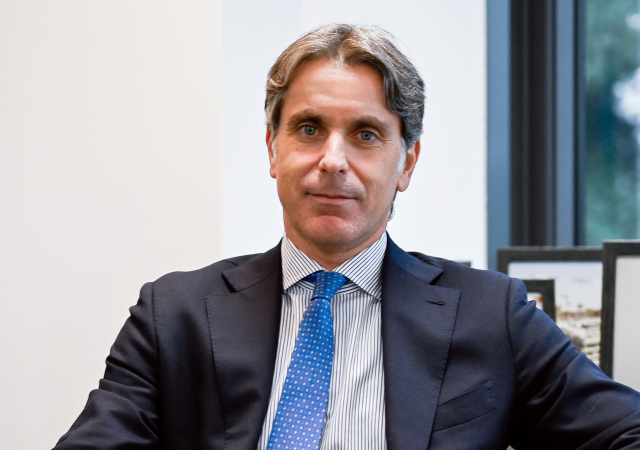
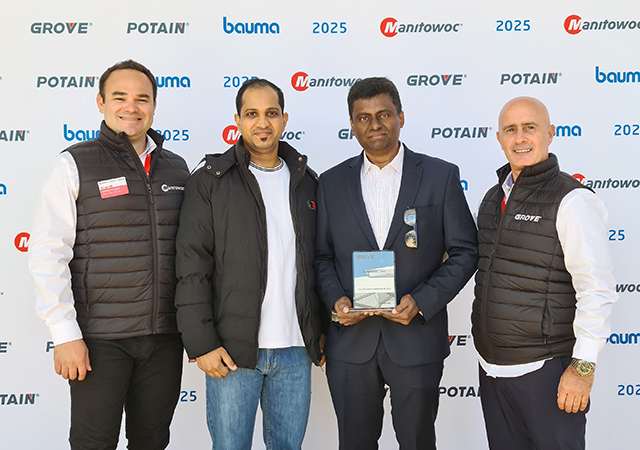
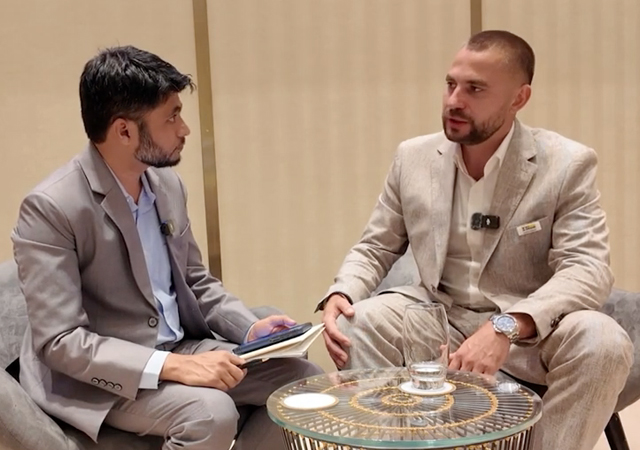
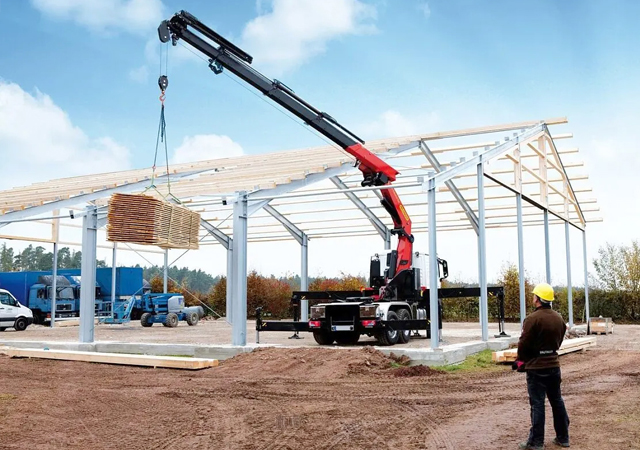
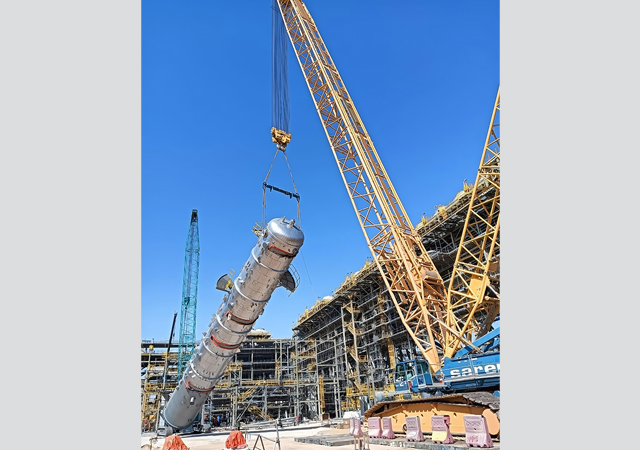
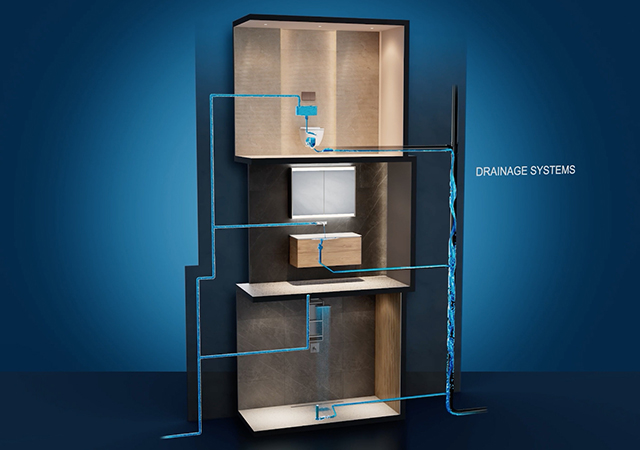
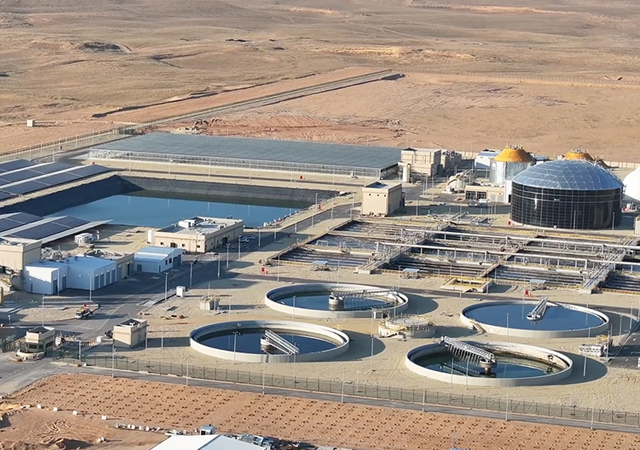
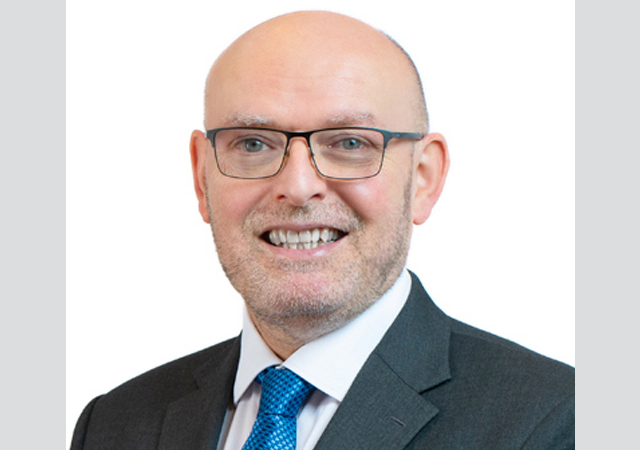
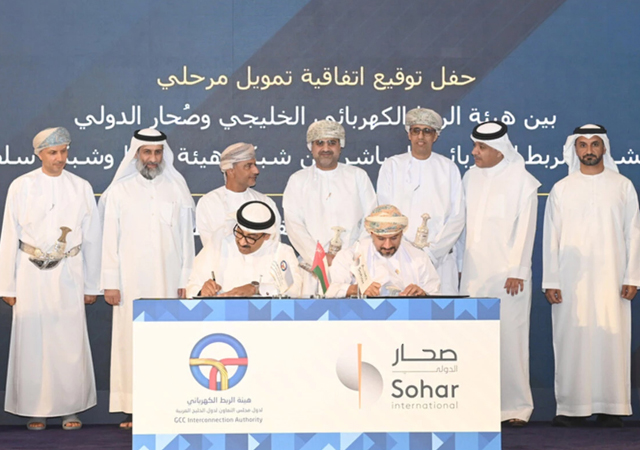
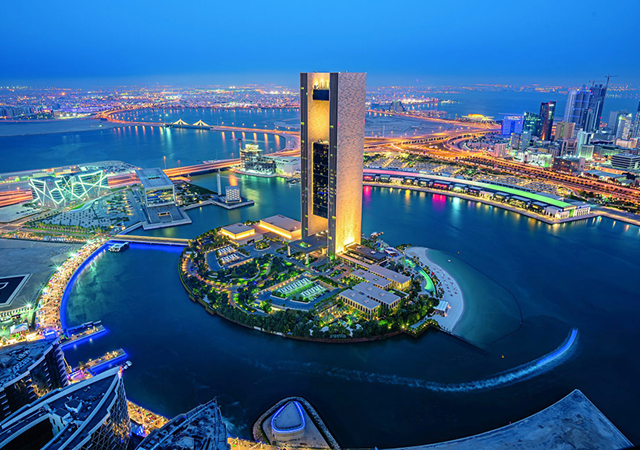
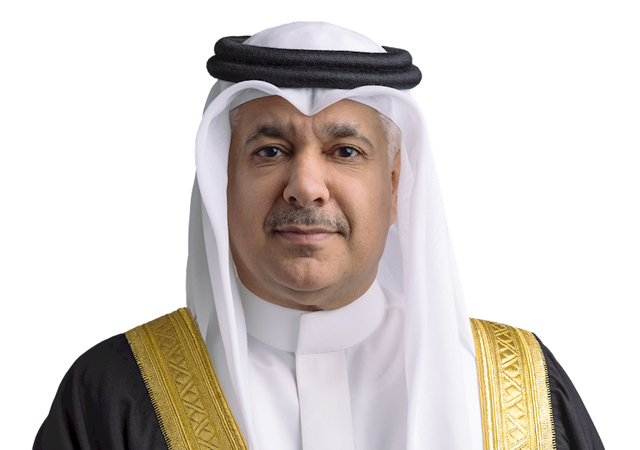
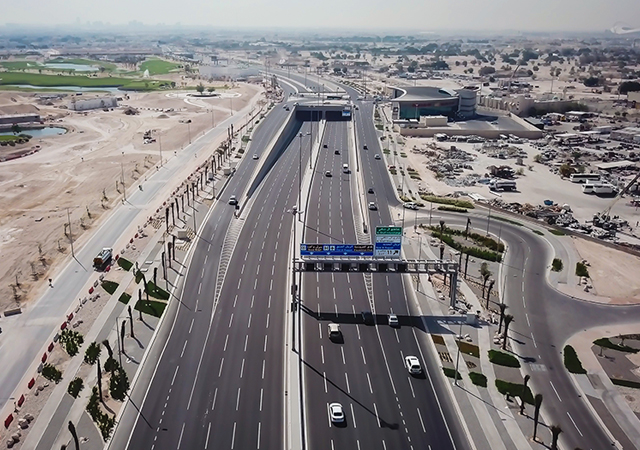
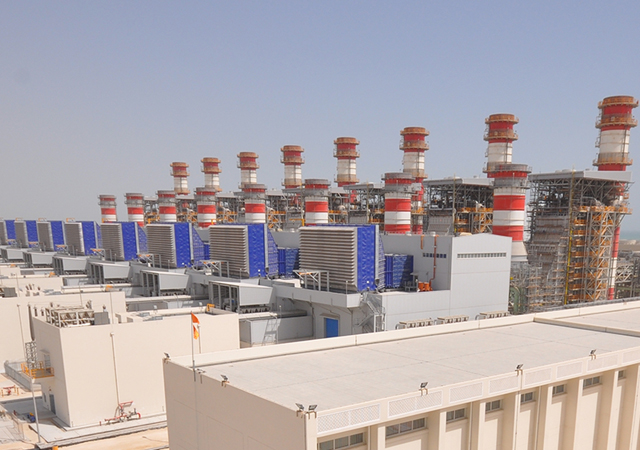
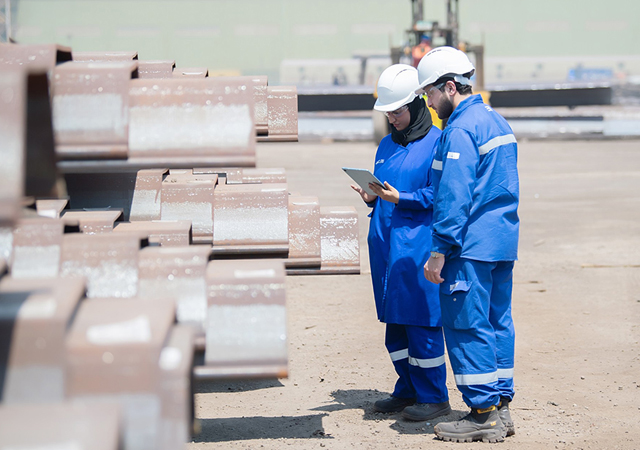
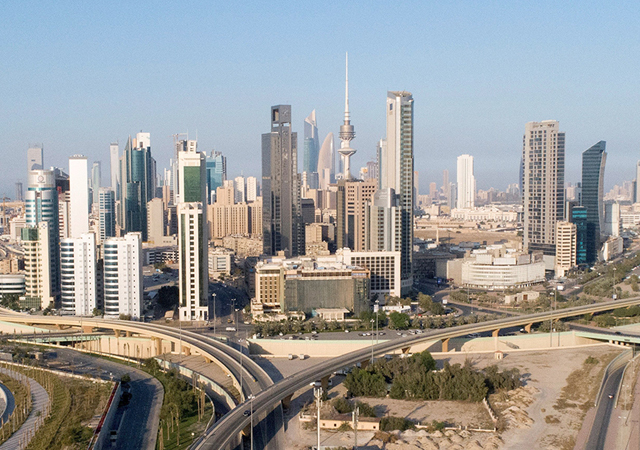
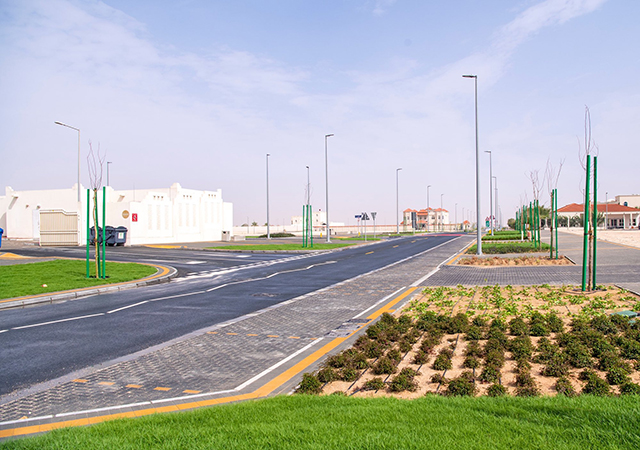
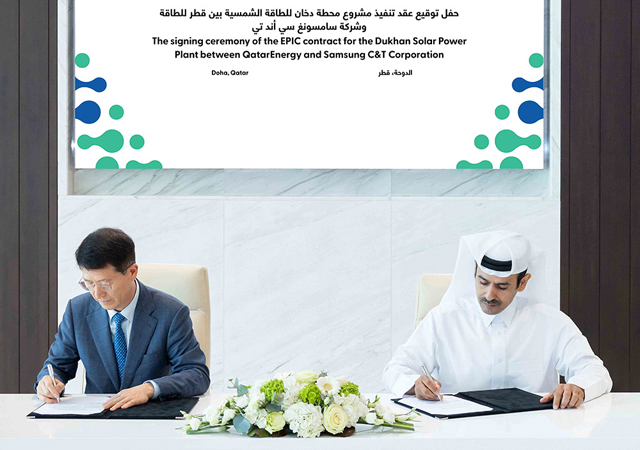
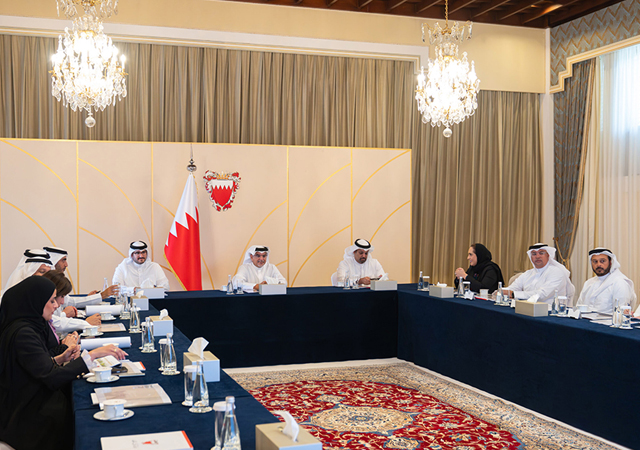
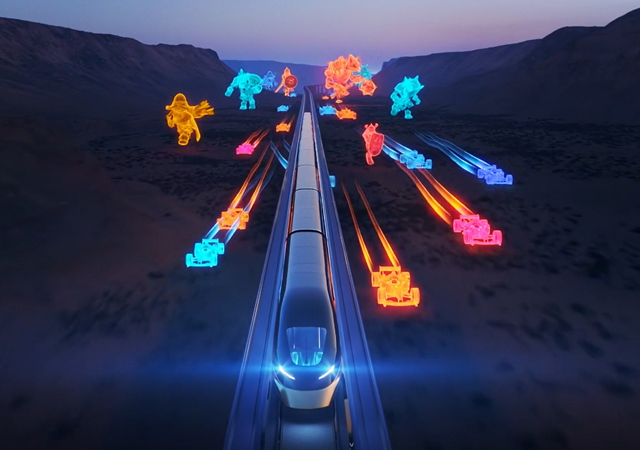
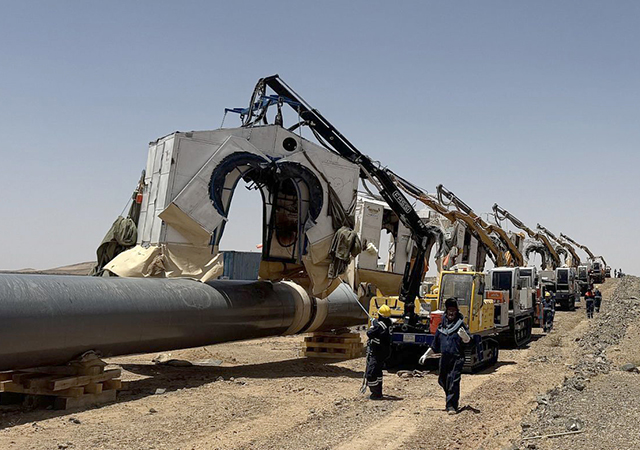
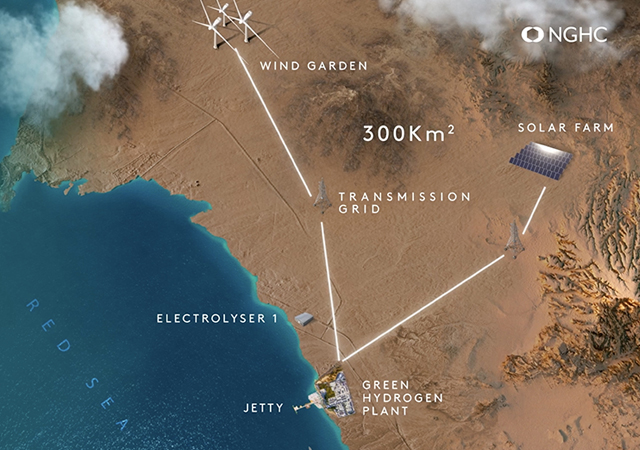
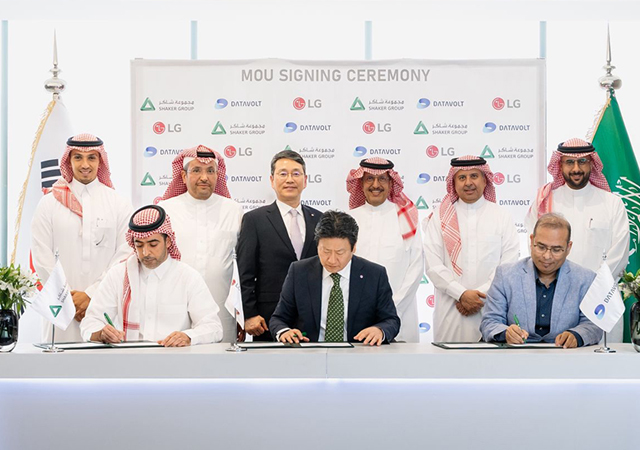
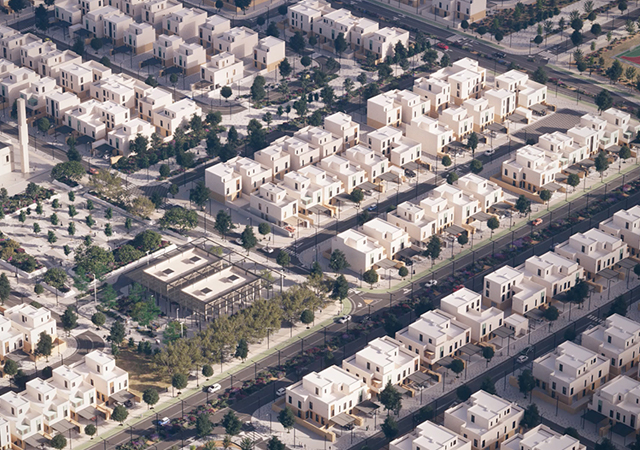
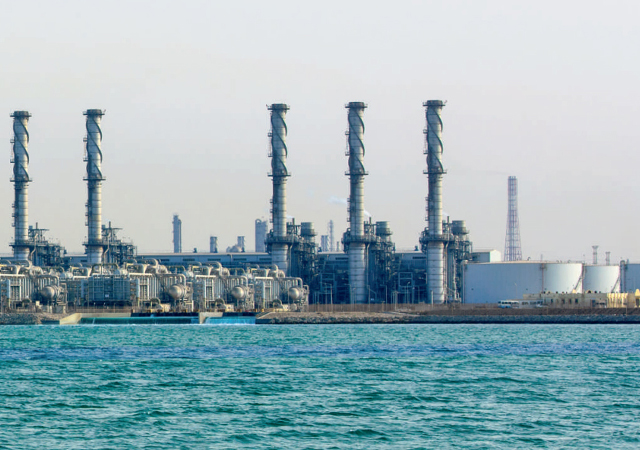
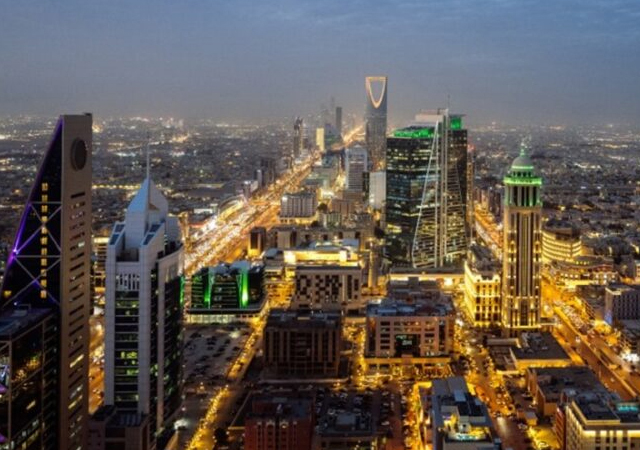
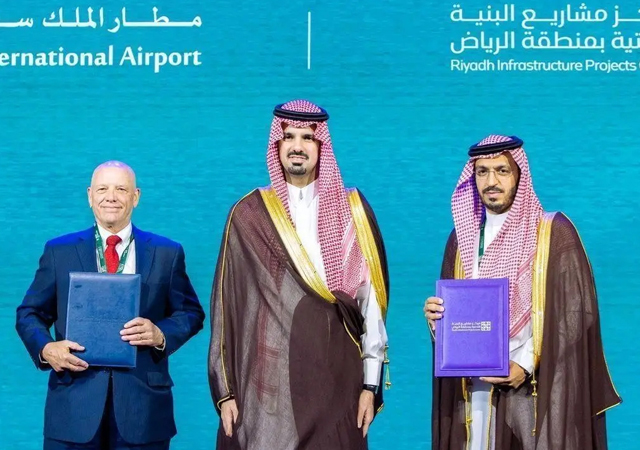
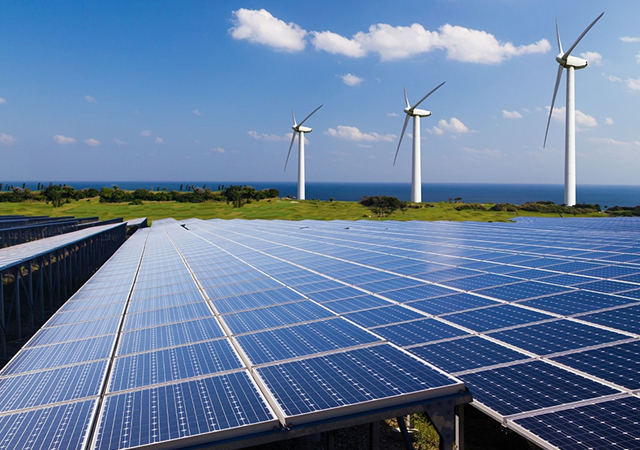
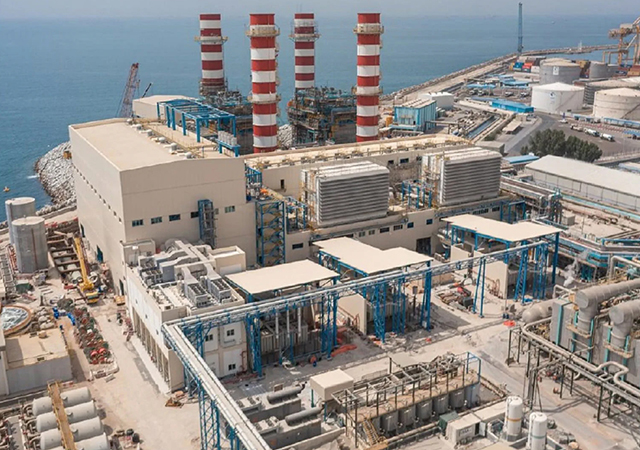
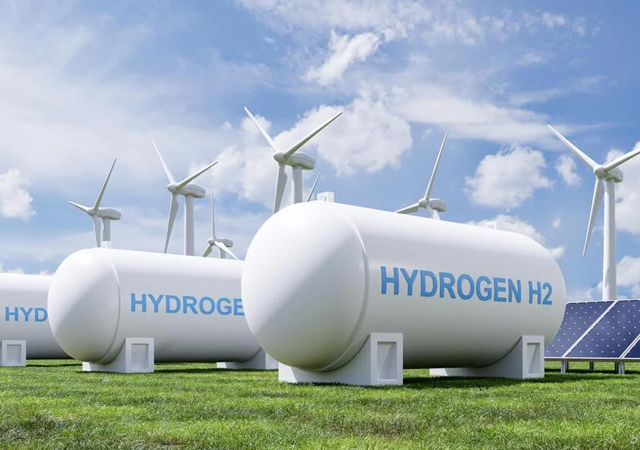
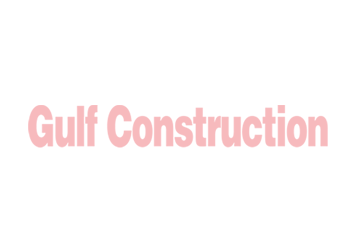
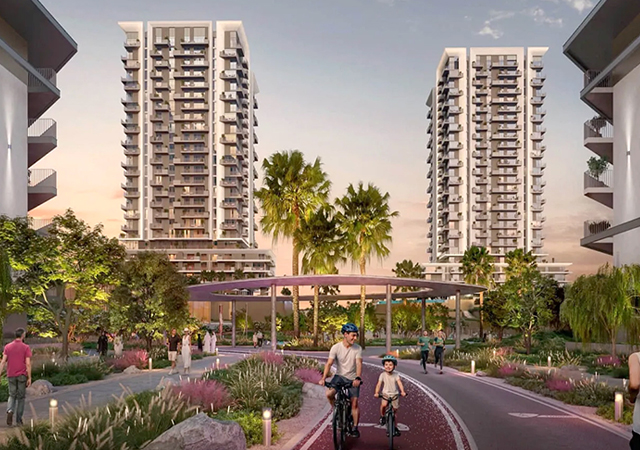
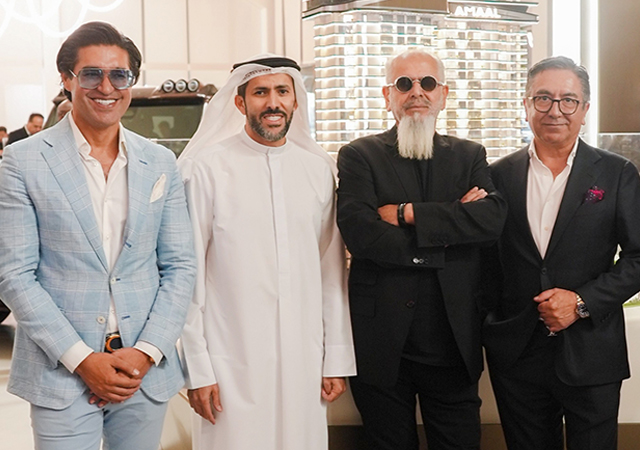
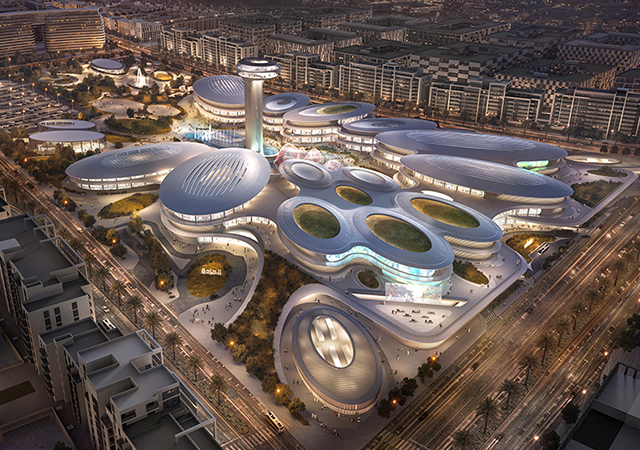
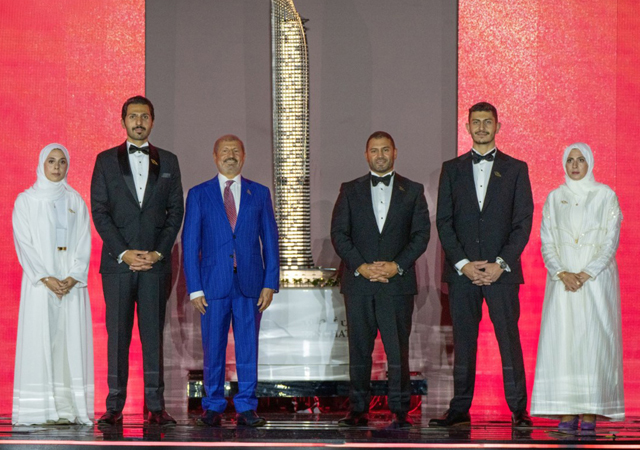
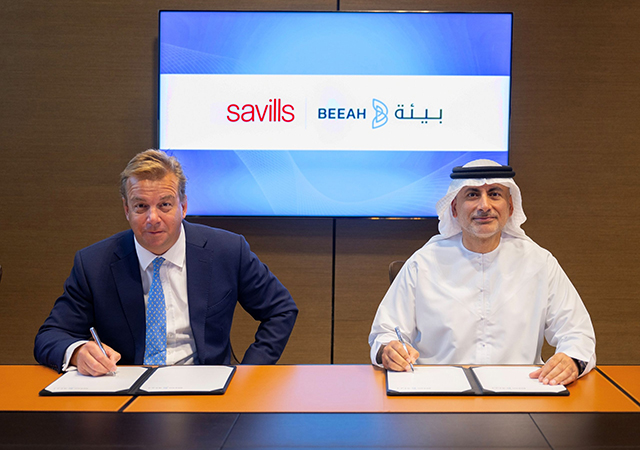
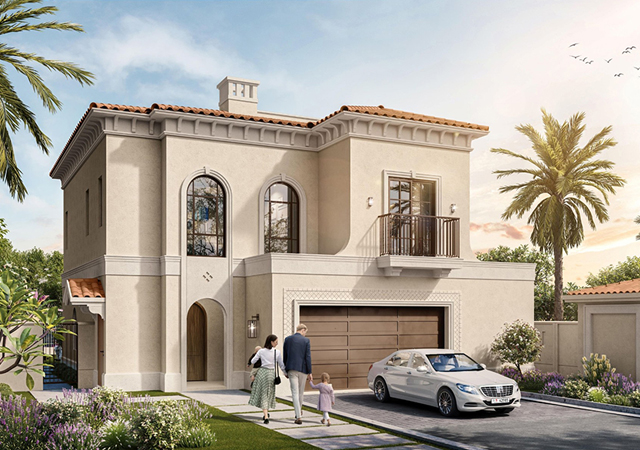
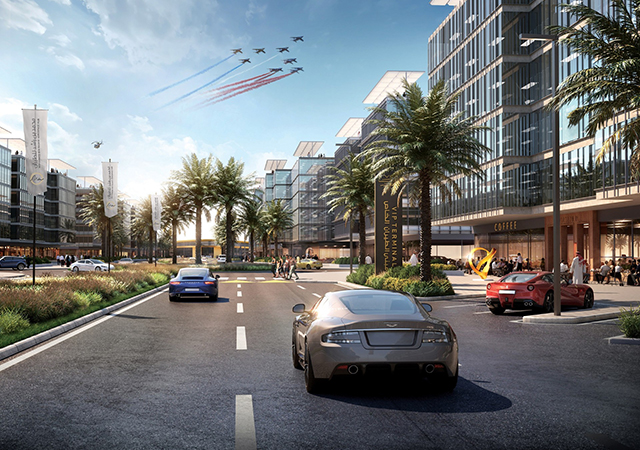
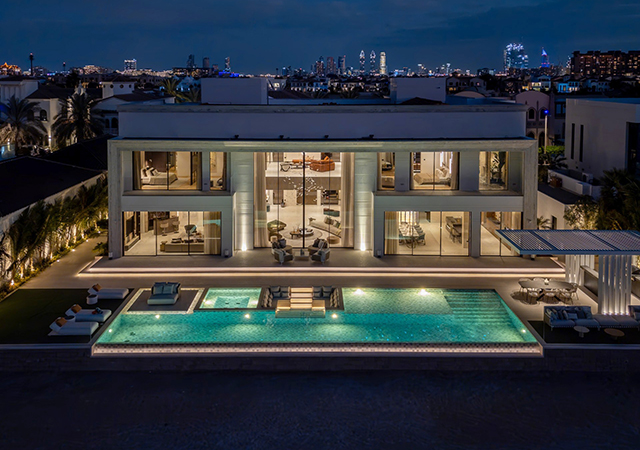
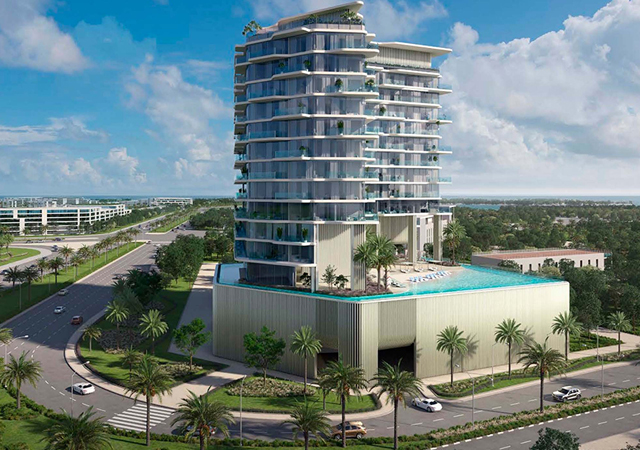
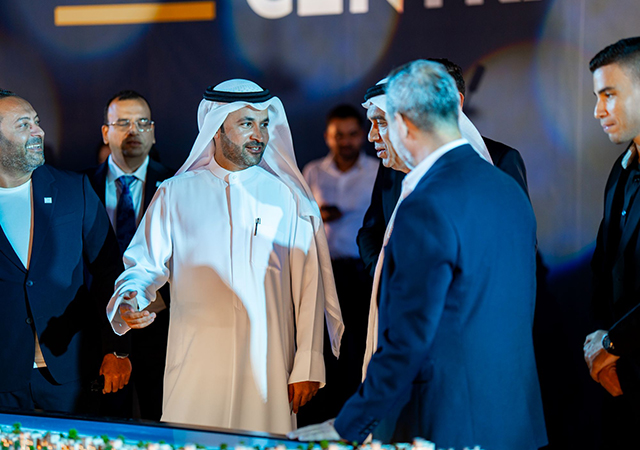
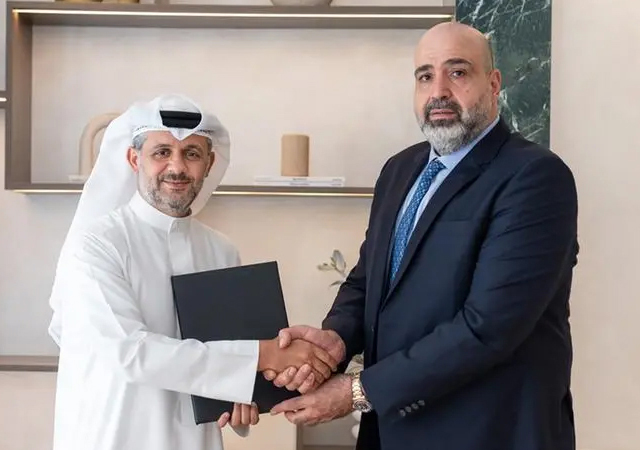
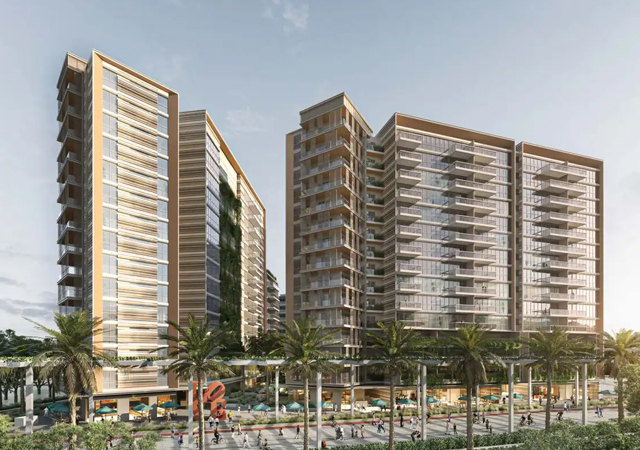
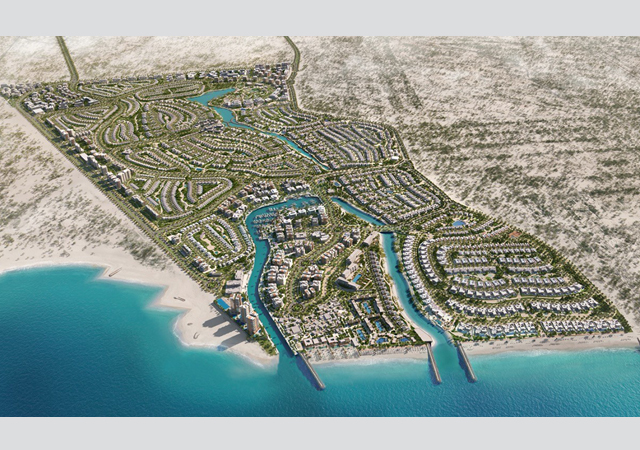
.jpg)
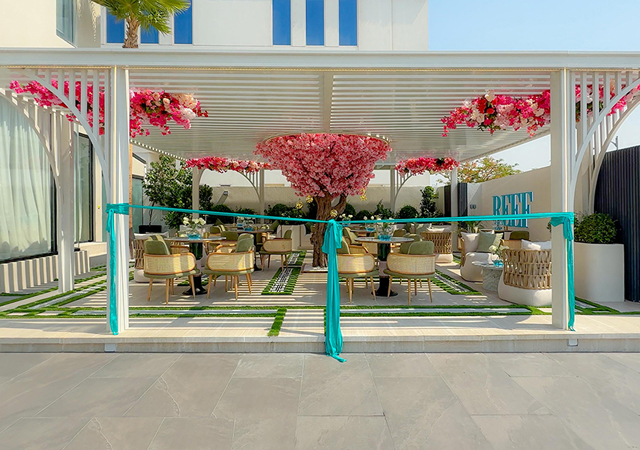
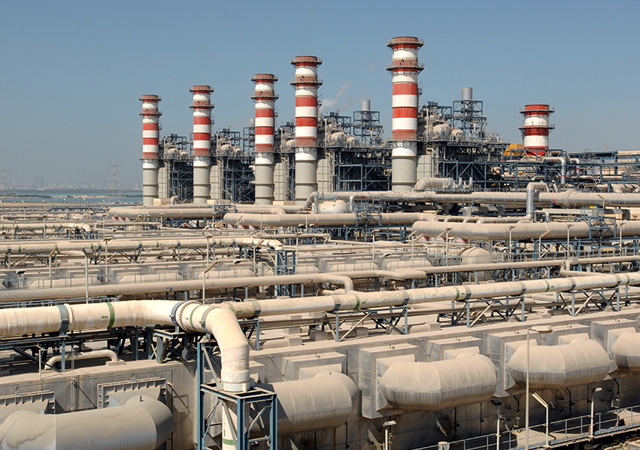
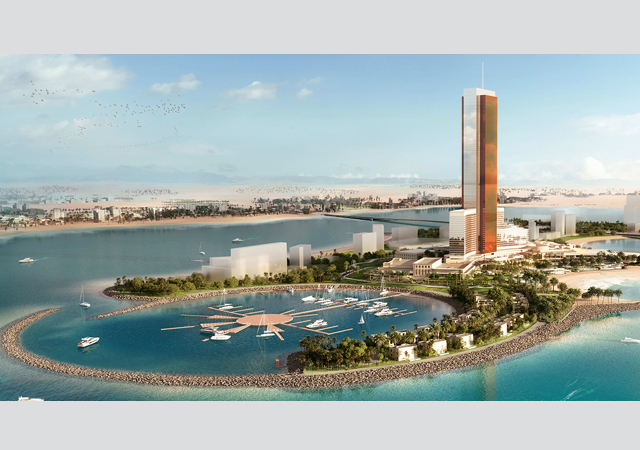
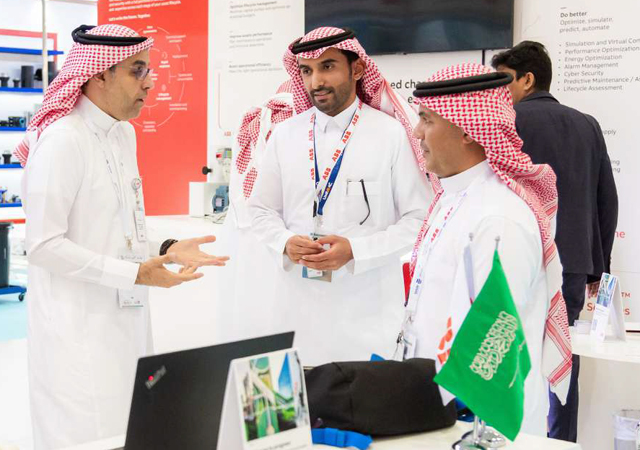
.jpg)
